Ready-to-run kits are the most widely available options for RC vehicles. Whether you’re a seasoned veteran or brand new to the hobby, RTR kits can be one of the best ways to get into a new model. Although almost all hobby-grade manufacturers have pretty extensive QC processes to ensure customers get their kit in ready to run condition, it’s still a good idea to give your new kit a good once-over before you take it out for a spin. Follow our guide of simple setup tips that will help you get the most from your RTR kit.
Set Your Radio
First off, you’re going to want to adjust the settings on your radio. The most important is End-Point Adjustment, or EPA for short. EPA is what controls the steering servo’s stopping points from left to right. This is the most important setting because when EPA is adjusted too low your car will have less steering than it should, reducing performance. When EPA is set too high, it can cause physical damage to your RC car by putting too much stress on the steering components. Usually this ends up in a stripped servo horn, but it can be worse, so it’s best to dial in your EPA right away.
To adjust EPA, simply turn the knob on the radio marked as EPA, also sometimes marked as Steering Travel. A good method to adjust to the proper EPA setting is to first turn it down slightly, then turn the radio steering wheel to full lock either left or right.
Slowly increase the EPA until the physical steering on your RC vehicle can no longer move. If you notice the wheels no longer move but the chassis starts to flex, turn the EPA down until the chassis relaxes. Once the wheels engage full lock both left and right with no noticeable binding of parts or excessive chassis flex, you’re all set.
Another important radio setting to adjust is steering trim. Steering trim adjusts the left-to-right alignment of the wheels, which directly affects how straight the car will go with no steering input. To adjust steering trim, use the steering trim knob or switch on the radio. Use a flat surface and either straight track lines, the curb, or any other relatively straight guide as reference.
Slowly drive your car forward without turning the wheels. If the car starts to naturally shift left, then turn the knob / hit the switch to the right. If it goes right, then adjust the radio to the left. Do this in small increments, either a small turn of the knob or 1 or 2 clicks of the button, until the car tracks straight.
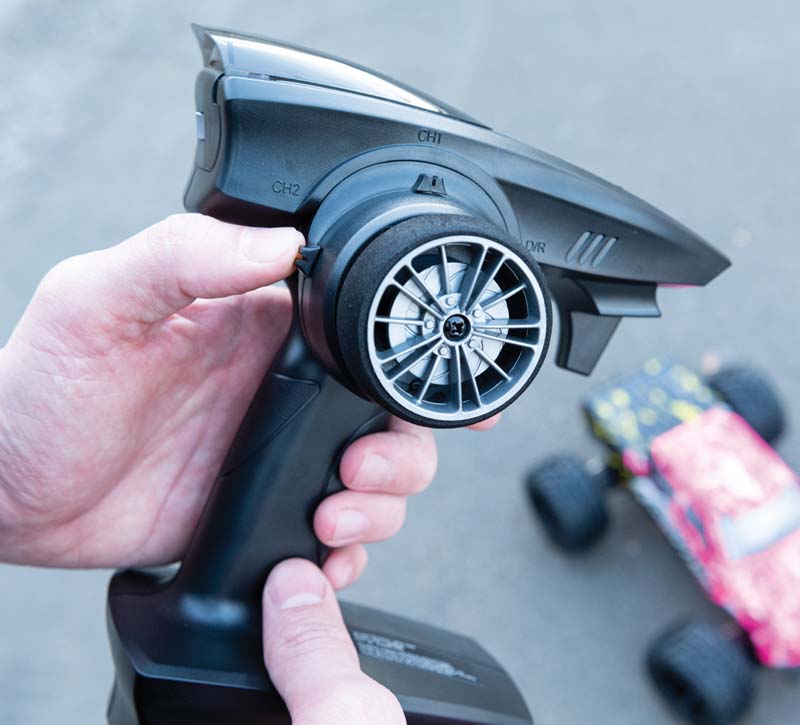

Tighten Those Setscrews
Almost all kits are going to be assembled with thread lock on the crucial parts, but it’s still a good idea to double check. The most common spots to check for setscrews are going to be the center outdrives, the motor pinion gear, and the CV axles if your kit comes with them.
To check these parts, simply take the proper size allen wrench and give the screw a slight turn to loosen them. If they give a good amount of resistance and remain tight, then you’re all set. If the screw comes loose slightly, inspect for thread lock, apply if needed, and tighten the screw back into place.

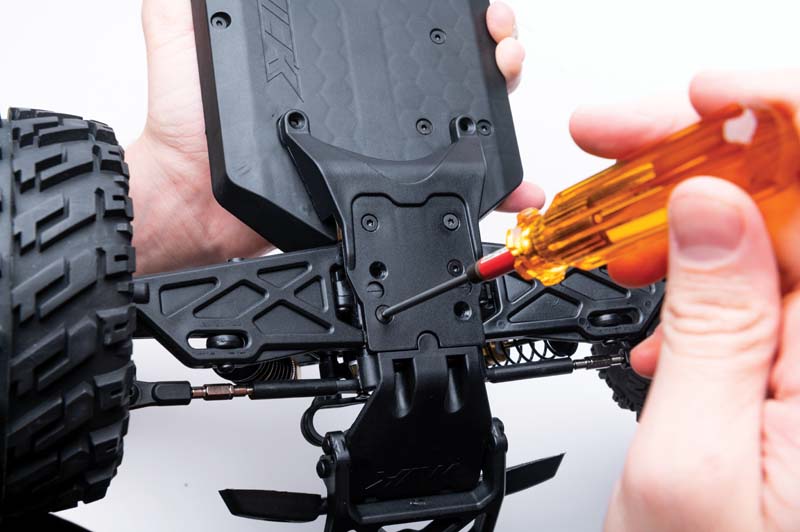
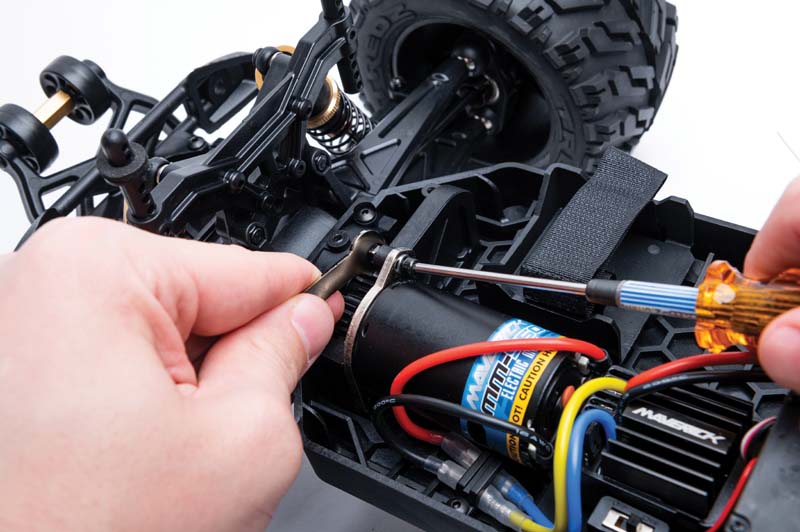
Spur Gear Mesh
If you run your RTR vehicle and notice the motor feeling overly hot, or the car sounds like the gears are whining, it may possibly be your motor pinion and spur gear mesh is too tight. To adjust this, you should first remove the spur gear cover so you can access the gears. There should be a small screw holding the motor into place and a small pivot channel. Loosen that screw until the motor pivots freely. Pivot the motor until the pinion fully contacts the spur gear.
To get just the right gear mesh, hold the pinion gear in place with your finger and wiggle the spur gear back and forth, moving the pinion away until there’s just a slight bit of movement from the spur gear. It’s important to mention that there shouldn’t be too much space between the two gears, only just enough that the spur gear isn’t completely locked up by the pinion gear. Once you find the right mesh setting, tighten the locking screw and reinstall the spur gear cover. You should be good to go.

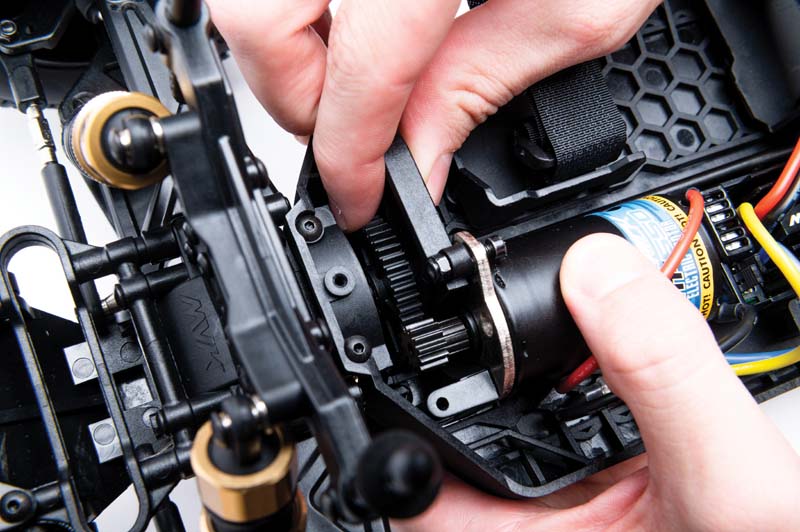
Grease Your Gears
It’s a good idea to doublecheck your gearboxes to ensure there’s an even coverage of grease on the bevel gear. Full disassembly isn’t required, simply remove the diff cover, usually at the front of the gearbox or a bottom plate. Inspect the bevel by rotating the drivetrain, ensuring there’s enough grease to cover the entire surface of the gear lightly.
If you notice any dry spots, or notice no grease at all, apply a bit to the bevel as it turns. It’s best to use a decent quality RC moly grease, some lightweight synthetic grease, or some lightweight marine grease on your diff gears. This same step can be applied to RC crawlers that use portal axles. Remove the portal axle cover to inspect for proper grease before you hit the trail.
Upgrade Parts
Do you need them? Well, that all depends on what you intend to do with your kit, and your budget. There’s always the old saying “If it ain’t broke, don’t fix it”, which basically means there’s not much sense in replacing parts that aren’t worn out or broken.
Personally, I can never leave anything stock as it comes out of the box, so I am always installing upgrade parts even when they aren’t needed yet. If you’re on a budget, I’d highly suggest installing upgrade parts as the original parts wear out or break.
Final Word
Hopefully this simple guide helps you dial in your RTR kit right out the box. Following these simple tips can ensure better longevity of your RC kit, helping to save you some money for future upgrades. Additionally, these steps will help you get better acquainted with your RTR kit, making maintenance and upgrades the much easier in the future.
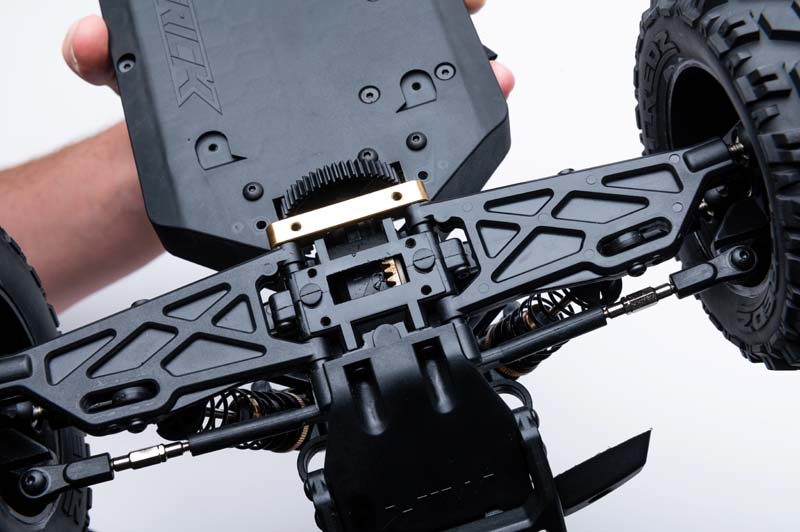
Text and Images by Lauren Short



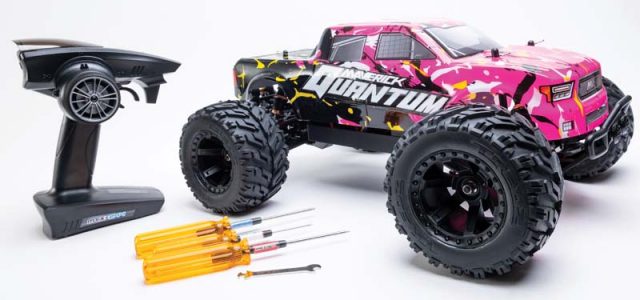




![RC Car Action - RC Cars & Trucks | This 1/3 scale 125cc V10 Buggy is CRAZY [VIDEO]](https://www.rccaraction.com/wp-content/uploads/2018/05/V10-HP.jpg)
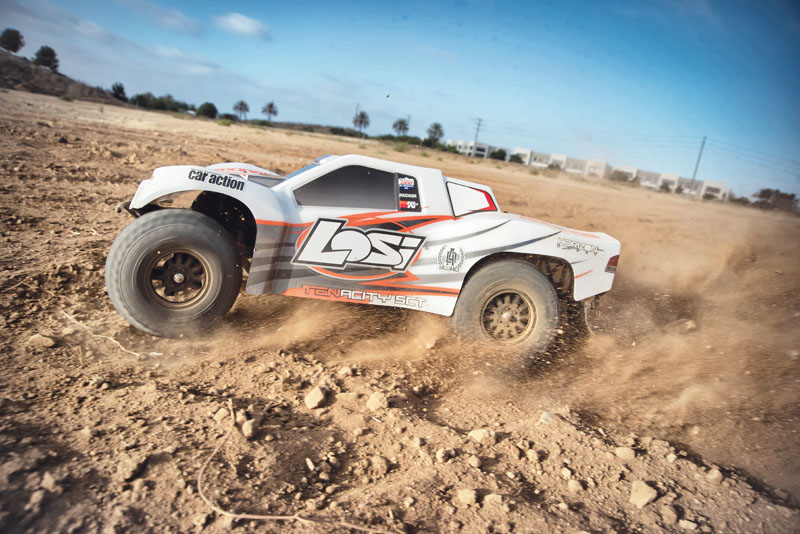

 Stay up to date with the latest information, sign up for our FREE newsletter today.
Stay up to date with the latest information, sign up for our FREE newsletter today.
